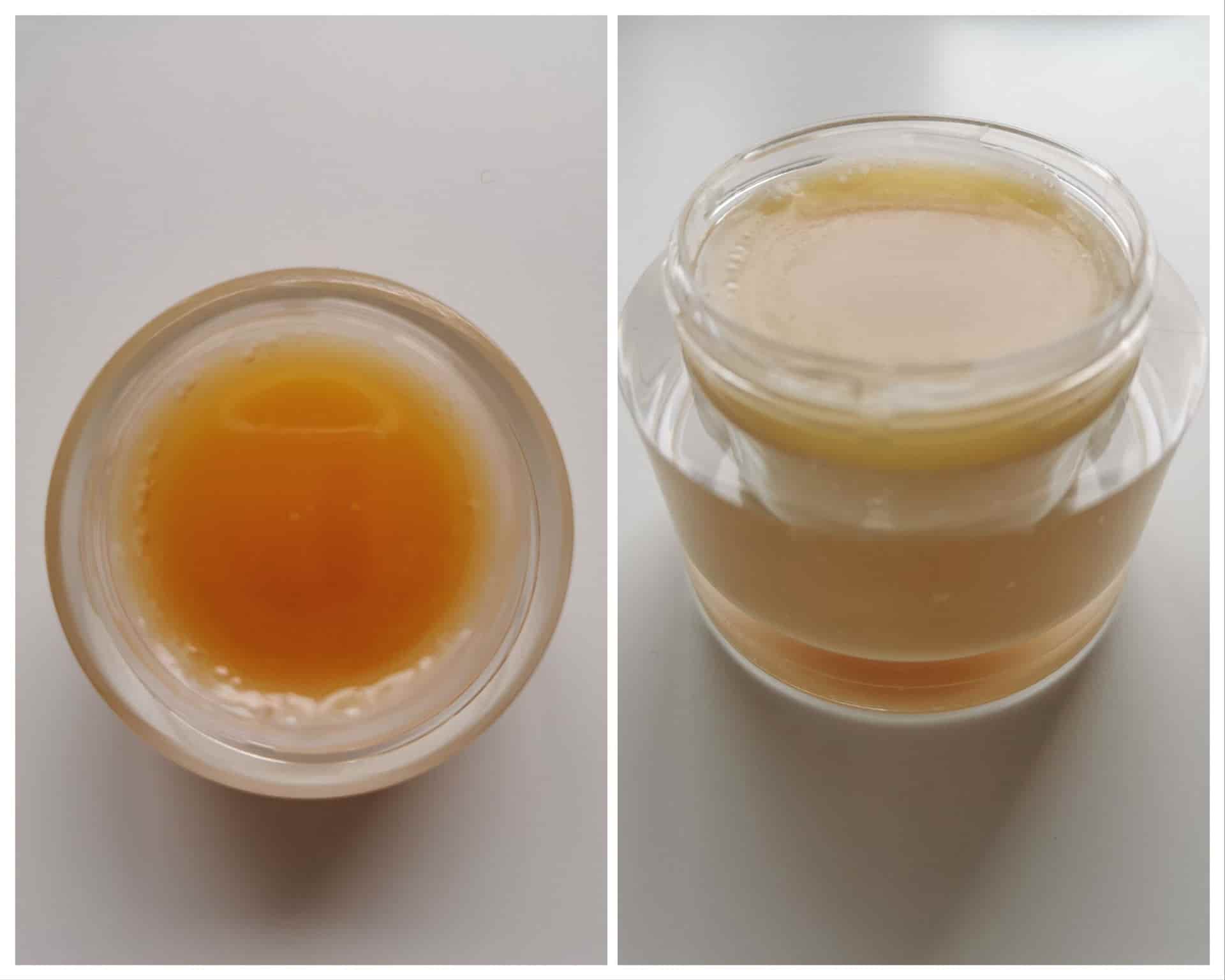
New year means new homemade skincare products! For this recipe of the month, we’re going to show you how to make a custard skin balm. Without a doubt, this balm may look like a tasty lemon custard (or a creamy Spanish natilla) although we don’t recommend eating it! This wonderfully smooth and hydrating balm will help your skin feel soft, supple, and ready to take on that cold winter wind. Let’s take a look at what you’ll need to make your custard skin balm at home.
For the custard skin balm, you’ll need:
Following this order, you’ll discover that these ingredients work together to create a versatile skincare product. Ideal for nourishing dry skin, you can use this product on anything from your feet to your elbows. Mayca’s recipe allows for a lovely, cushiony texture and creates a smooth-spreading balm. If you’d like the improve the absorption of the product, you might consider adding a percentage of plant starch to it (rice starch is a favourite.) While this is an anhydrous skincare product, you can add glycerine extracts to this specific formula to eliminate the need for preservatives that would help maintain the product’s shelf life.
Here we’ll explore the benefits of the potent main ingredients.
Marshmallow root (Althaea officinalis) is a perennial herb with a plethora of benefits for you and your body. When it comes to skin, this extract is great for relieving skin irritation because of its anti-inflammatory properties. This extract also has antibacterial properties and has shown to be effective in improving wound healing. UV-damaged skin can also benefit from mallow extract as it works to undo skin damage from the sun’s rays.
It should be noted that comfrey (Symphytum officinale) is a shrub that has been used in traditional medicine for many years, especially in places like Japan. In extract form, comfrey provides excellent benefits to dry, ageing skin. Scientist have found that this plant helps fight off signs of ageing, most notably wrinkles. This is due to the fact that makes the skin more supple and elastic and can even help minimize pores with longterm use.
Besides its reputation as a gentle carrier oil, sweet almond oil is also known for soothing the skin. Packed full of vitamins A and E, as well as Omega-3 fatty acids, this oil nourishes the skin. Sweet almond oil can help reduce puffy eyes, improve complexions, nourish dry skin, treat acne, reduce signs of scars and stretch marks, and reverse sun damage.
Although it may sound like a tasty new spread you can buy at Waitrose, mango butter is just like shea or cocoa butter. This fruity butter also has vitamins A and C. These vitamins help brighten your skin, as well as reduce fine lines. Since this butter is so rich and thick, it’s ideal for creating a protective barrier on the skin.
While lecithin is great for your diet, it also works well in natural skincare products. Used as an emollient, natural lecithin hydrates the skin, making it smooth to the touch. Ingesting lecithin can help tone and stimulate the body, so many believe that it can also nourish and strengthen the epidermis.
Indeed, you may be wondering what those scientific-sounding ingredients are doing in this natural skincare recipe. Well, have no fear, these are not synthetic chemicals. Those naturally occurring chemicals are there to improve the texture and consistency of this natural cosmetic.
Unlike some of our previous monthly recipes, the custard skin balm is a little trickier to make. Although you’ll be working with natural ingredients, it’s vital to get the correct proportions right. Always ensure that you are using accurate digital scale for your homemade skincare.
Place all the ingredients (except tocopherol and rosemary CO2 extract) in a heatproof jar and use the bain marie method to bring the mixture to a maximum of 70°C. When everything is melted into a liquid state, take the mixture off of the heat and wait a few minutes for it to cool down to around 60°C-65° C, otherwise it will start to set. Mix in the tocopherol and rosemary CO2 extract, stir it up, and pour into jars. Do not close the jars until the product is room temperature and ready to store.
Leave winter skin behind you this new year with WapoBeauty’s custard skin balm! If you’re looking for luxuriously hydrating skincare, then be sure to try this recipe out at home. Please, let us know in the comments how your custard skin balm turned out. Should you want to learn more about making skincare at home, be sure to check out WapoBeauty’s Soapmaking eBook. If you’re seeking more hands-on learning to formulate and craft safe and professional skincare products, consider signing up for WapoBeauty’s upcoming Making Natural Skincare Masterclass.
Ashuni Pérez is an American writer based in Valencia, Spain. She has a passion for natural beauty and the environment. Ashuni loves to cycle and drink smoothies in the sun. Follow her on Instagram at @ashuuuuni
© 2024 Wapo.ie